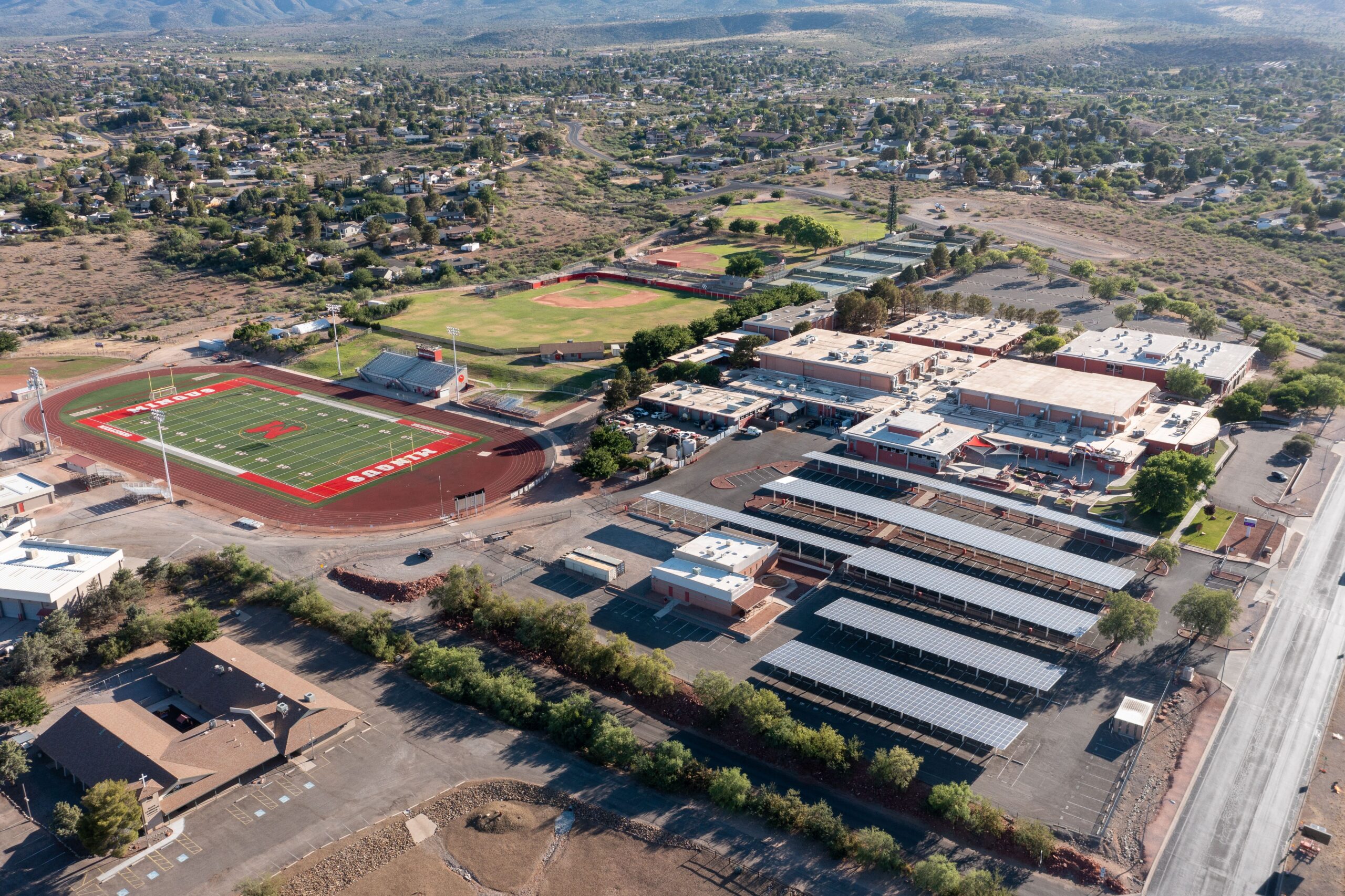While traffic fatalities declined overall in 2010, a portion of State Route 260 east of Camp Verde remains one of the most dangerous in the state, according to studies released by the Arizona Department of Transportation and The Road Information Program, a highway investment advocacy group.
Along with State Routes 86 and 87 and U.S. 191 and 60, this portion of State Route 260 accounts for a fatality rate several times the state average.
The chances of a vehicle accident on a rural road like State Route 260 has dropped, the study illustrates, but they accounted for nearly half of all fatalities.
Of the 106,177 crashes recorded in the state in 2010, 21,375 were on rural roads, yet they accounted for 382 of 762 deaths. Alcohol was involved in 30 percent of the deaths, down from 35 percent in 2009.
Another 43 deaths involved hit-and-run drivers.
Kenneth Wesolowski, a former Cottonwood resident and a motorcycle rider, put a human face to those statistics Sept. 18 when he was killed in a head-on collision with a Jeep on State Route 260, one of the most recent lives lost on the road.
For all of Yavapai County, there were 3,118 traffic accidents for the year. Of those, 38 were fatal and 997 caused personal injuries.
The numbers make Yavapai County the sixth deadliest in the state, behind Maricopa, Pinal, Coconino, Mohave and Pima counties.
Ten of the deaths in Yavapai County took place in incorporated communities, with Prescott Valley counting for five lives lost on its roads. There were two in Prescott and one each in Camp Verde, Cottonwood and Clarkdale. Most rural fatal crashes happen on Fridays, and more took place in May than any other month.
They also mostly took place in daylight hours in dry conditions and on straightaways, although ADOT has identified particular curves on State Route 260 where cars are more likely to veer off the road. People who weren’t wearing a seat belt or a motorcycle helmet were more likely to suffer injury in traffic accidents.
On all of the state’s rural roads, the number of fatalities per 100 million vehicle miles traveled was 2.78. On the portion of State Route 260 east of Camp Verde, it was approximately 38.
The report blames some of the problem on longer response times from emergency responders in some of the more isolated areas along the road, along with outdated and inadequate safety measures in general.
“The safety and quality of life in America’s small communities and rural areas and the health of the nation’s economy ride on our rural transportation system. This backbone of the heartland allows mobility and connectivity for millions of rural Americans and provides crucial links from farm to market, moves manufactured and energy products, and provides access to countless tourist and recreational destinations,” said Will Wilkins, The Road Information Program’s director. Wilkins went on to blame political gridlock for preventing adequate funding needed to modernize rural roads.
It was local gridlock that kept portions of State Route 260 from being transformed into a more modern four-lane divided highway in places, as leaders in different communities couldn’t come to consensus of how they envisioned access points along the highway.
ADOT did eventually make some safety improvements along parts of the road, but with funding scarce it’s not certain when anything major can be done to improve the road.
Still, the agency is working to do what it can to try and keep drivers safe.
“In an age of limited funding, ADOT is committed to improvements and programs that make our highways safer, ranging from signs that are easier to read day and night [and] new lanes in strategic locations,” ADOT Director John Halikowski said.


